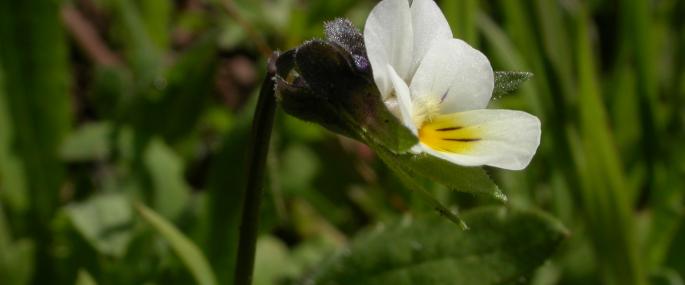The delicate Field Pansy is a wild relative of our garden pansy and can be found in fields and on waste ground and roadside verges - anywhere the ground has been disturbed. Its long-stalked, pale yellow flowers can be found winding their way through the grasses from April to October.
Although they sometimes don't look especially wildlife-friendly, our roadside verges, field edges and waste grounds can provide valuable habitats for all kinds of plants and animals. The Wildlife Trusts get involved in different projects to help make these places as beneficial for wildlife as possible. We have a vision of a 'Living Landscape': a network of habitats and wildlife corridors across town and country, which are good for both wildlife and people. You can support this greener vision for the future by joining your local Wildlife Trust.
